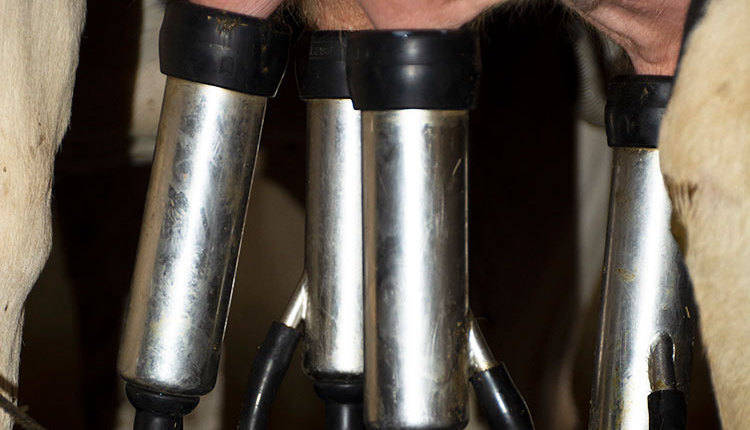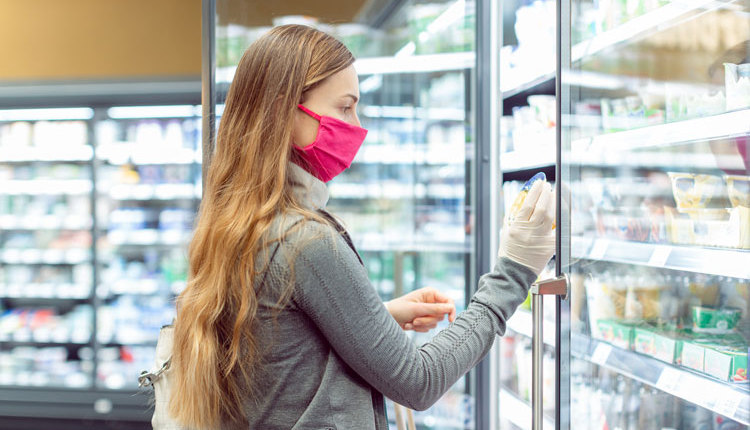
The United States Department of Agriculture (USDA) has been a big player in the relief packages offered to farmers during the COVID-19 pandemic. On the June 10 DairyLivestream webcast, consumers gained firsthand insight regarding the decision-making process for CFAP payments and product purchases on a federal level.
“The USDA has been putting programs in place to deal with the coronavirus outbreak’s effect on producers’ incomes, as well as to facilitate the movement of products from farms to consumers,” said USDA Chief Economist Rob Johannsen.
The price deviations that producers have seen between January and May 2020 have been extreme. The unspoken, overarching theme to this week’s macroeconomics discussion was that if there’s anything we can be certain about, it is uncertainty. The most recent prediction for the 2020 to 2021 milk prices now says that farmers can expect an all-around price of $16.30 per cwt.
There has been widespread wondering in regard to the Coronavirus Food Assistance Program (CFAP) payments. Johannsen explained that because of its nature as a disaster relief program, it was established quite rapidly.
“We didn’t want to get into calculating how much dumping had been going on, so we based the dairy component of this program around production rather than sales.”
Regarding a second round of payments, he anticipated the determination wouldn’t be made until after the CFAP sign-up deadline in August.
Another key component of assistance has been the initiative under multiple USDA programs that allows them to purchase products and distribute them to those in need. However, due to the recent gains in the Class III milk price, some have wondered if the USDA would wait to make further purchases in that area to mitigate risk to long-term commercial demand.
The USDA economist commented that because markets change so quickly, and planning these programs expends quite a time commitment, they can be difficult to change. “The USDA works really hard to get these things right, but timing can be really difficult. No one was expecting this kind of a hit to the market, so it may feel like the cows are already running out of the barn by the time we’ve shut the gate with these programs,” said Cornell’s Andy Novakovic.
However, they have taken into account the recent increase in Class III prices and shifted to buying more fluid milk. “Certainly, if prices are recovering, we will revisit which products are being purchased,” reassured Johannsen.








